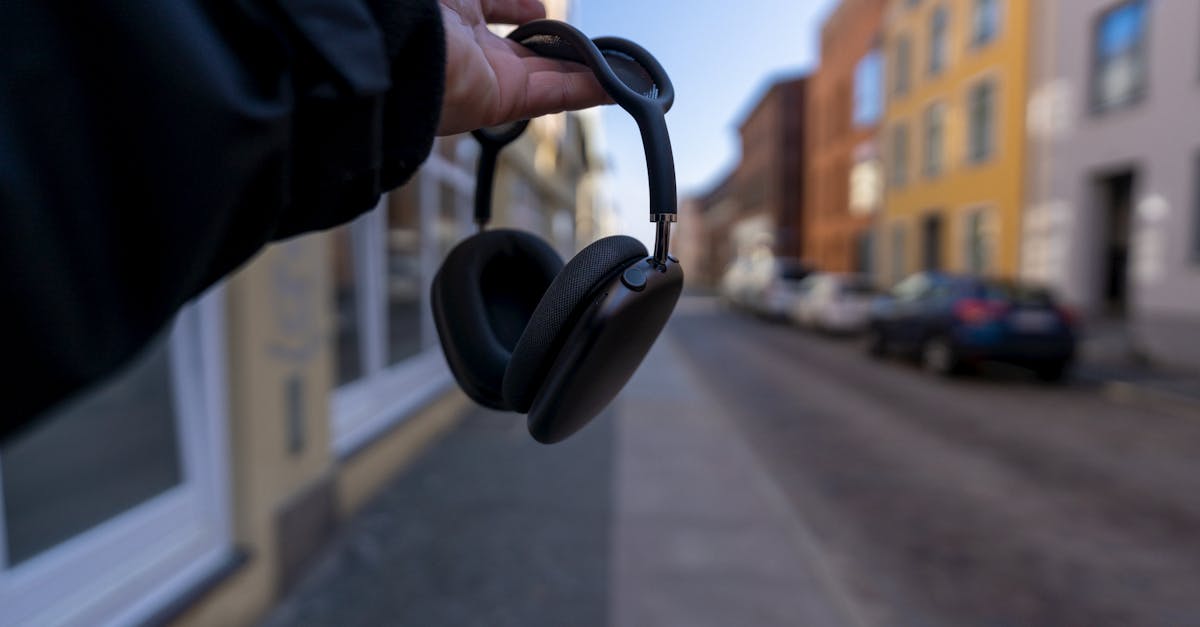Urban Soundscape Symphony Metropolis Vibes Unleashed
Introduction
In bustling cities around the world, an ever-evolving symphony of sounds creates what we call the urban soundscape. This intricate layer of auditory experiences constantly unfolds above the cacophony of the city's hustle and bustle. From the revving of car engines to street musicians performing for eager audiences, every sound contributes to the rich and vibrant vibes that characterize metropolitan life. Yet, beyond the expected noise lies a unique harmony that shapes our emotional responses to the urban environment. Urban soundscapes aren’t just background noise—they're an integral part of the urban identity. For residents and visitors alike, the unique blend of sounds paints the colorful picture of city life, one note at a time.
Advertisement
The Orchestra of City Life
Every day, cities buzz with a unique mix of natural and man-made sounds, forming a complex orchestra that defines the urban experience. The hustle of daily commuters, screeching subway brakes, chirping streetlights, and echoing voices from vibrant markets all blend together to create a daily symphony. Each sound's characteristic rhythm influences how city dwellers navigate and interact with their environment. The multitude of sounds underscores the dynamics of urban living, helping to create a sense of place and community. In this chaotic soundscape, people find intriguing stories and shared cultural experiences, connected by the harmonious intermix of city life.
Advertisement
Cultural Influences on Urban Soundscapes
Cultural, historical, and social elements greatly enrich urban soundscapes, infusing them with distinctive characteristics unique to each city. In places like New Orleans, the melody of jazz echoes through the streets, reflecting the city’s musical heritage. In contrast, Tokyo resonates with the ceaseless sounds of vending machines, pachinko parlors, and bustling train stations. More than mere background noise, these sounds reveal a city's identity and shape how residents perceive their surroundings. The auditory landscape also evolves with cultural shifts, mirroring changing social dynamics and technological advancements, making it a living, breathing testament to a city's story.
Advertisement
The Psychology of Urban Sounds
The urban soundscape significantly affects mental well-being and people's perception of city life. The constant exposure to the myriad of sounds can be stimulating or stressful, depending on an individual's mood and tolerance levels. Studies suggest that specific sounds can either heighten anxiety or foster a sense of calm and belonging. The sound of rain on a rooftop, birds chirping, and distant traffic can create a therapeutic backdrop, harmonizing with the daily grind. City planners now realize the importance of considerate sound design, focusing on enhancing positive auditory experiences to foster a healthier urban environment.
Advertisement
Urban Soundscapes as Cultural Connectors
Urban soundscapes serve as cultural connectors, bridging social, ethnic, and language differences. Music festivals, bustling street markets, and public announcements echo through the city, drawing diverse groups into shared experiences. In the melting pot of urban environments, such sounds forge social bonds and foster a unique sense of collective identity. These shared auditory experiences bring people together, allowing residents to resonate with the city's multicultural heartbeat. In a world increasingly connected by digital means, the tangible experience of shared soundscapes remains a powerful unifier, reinforcing the intrinsic human connection to community.
Advertisement
Acoustic Design in Urban Planning
Recognizing the importance of sound, city planners are leveraging acoustic design to enhance urban living spaces. By strategically incorporating serene sound experiences, such as fountains, wind chimes, and green spaces, urban planners create environments that uplift spirits and provide respite from noise pollution. Zoöphelia, a growing trend in biophilic and soundscape architecture, emphasizes harmony between human-made sounds and natural elements, integrating water features and natural landscapes. This careful orchestration of sounds helps create a peaceful urban retreat that counterbalances the city's hustle while enhancing the quality of life for its residents.
Advertisement
The Sonic Impact of Technology
Advancements in technology are reshaping urban soundscapes, blending digital tones with traditional urban sounds. The hum of drones, the chirps of e-scooters, and the orchestration of smart city interconnectivity are shaping the future rhythm of cities. As technology and urbanization intertwine, there's an emphasis on sustainable and environmentally friendly sounds. For instance, silent electric vehicles are altering the aural atmosphere by reducing conventional engine noise, offering a quieter, greener urban ambiance. This shift highlights the growing need for sound-conscious urban planning that integrates technology mindfully into our soundscapes.
Advertisement
Balancing Noise and Harmony
In urban areas, there exists a delicate balance between unwanted noise and harmonious urban soundscapes. As cities grow increasingly dense, noise pollution becomes a pressing concern. Local governments and urban architects strive to mitigate detrimental noise while enhancing positive auditory experiences, utilizing sound barriers and smart technologies. Initiatives like "quiet zones" in downtown areas and noise ordinance standards reflect a commitment to elevating city life. By reducing excessive noise levels and preserving the soundscape’s integrity, planners navigate the delicate harmony necessary for a pleasant urban existence.
Advertisement
Community Engagement with Sound
Citizen participation in developing urban soundscapes fosters inclusive environments and ensures communal desires are met. Public workshops and community-driven soundmapping initiatives allow residents to voice their preferences, facilitating a shared vision for harmonious soundscapes. By enabling local engagement, urban spaces can transform into lively, collaborative canvases for sound, where collective ownership of auditory experiences is celebrated. Innovative art installations and interactive soundwalks encourage community interaction, highlighting their role in curating the next symphonic chapter of their city’s story.
Advertisement
Conclusion
The urban soundscape is an ever-present symphony, steadily harmonizing the vibrant rhythms of city life. More than mere noises, these sounds enrich urban experiences, shaping dynamics, culture, and community interactions. Embracing the influences of diverse cultures, technology, and community engagement allows residents to celebrate this complex auditory landscape. By fostering thoughtful acoustic design and striking a balance between noise and harmony, cities can thrive and resonate with visitors and residents alike. Urban soundscapes serve as sensory canvases that capture the essence of metropolitan avocations—a wild, profound, and ever-changing symphony.
Advertisement


